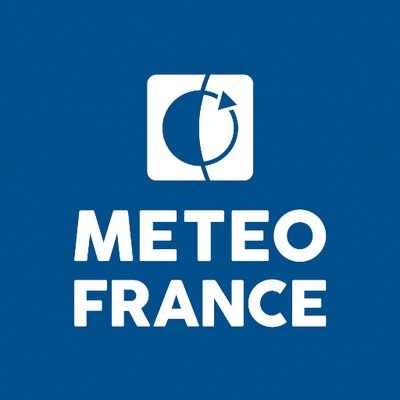 Today Atos announced a new four-year contract with French national meteorological service, Météo-France, to supply two supercomputers based on its latest BullSequana XH2000 technology. The new systems will multiply Météo-France’s computing power by more than 5, compared to its current solution, enabling it to achieve several scientific break-throughs in weather forecasting. Each new supercomputer is capable of processing more than 10 million billion operations per second and are amongst the most powerful meteorological supercomputers in the world.
Today Atos announced a new four-year contract with French national meteorological service, Météo-France, to supply two supercomputers based on its latest BullSequana XH2000 technology. The new systems will multiply Météo-France’s computing power by more than 5, compared to its current solution, enabling it to achieve several scientific break-throughs in weather forecasting. Each new supercomputer is capable of processing more than 10 million billion operations per second and are amongst the most powerful meteorological supercomputers in the world.
We’re really excited to be working again with Météo-France to boost its computing capacity with our BullSequana XH2000 supercomputers” said Pierre Barnabé, SVP, Head of Big Data & Security at Atos. “Equipped with the latest generation processors and accelerators, our BullSequana architechture offers Météo-France a combined peak performance of 20 petaflops to deliver even more precise results. It is also highly-energy efficient and minimizes global energy consumption.”
This increase in computing power enables Météo-France to provide its clients with enhanced and more precise and reliable forecasting information. It will be able to improve on and announce further in advance unexpected small-scale high-impact meteorological phenomena (such as intense rainfall, gales and the risk of hail) and refine its studies on the impact of climate change.
This new 42-million-euro contract (excluding tax) between Atos and Météo-France was signed following a competitive dialogue procedure in which major HPC players took part. This is the first time that Météo-France has renewed a supercomputing supplier. The BullSequana XH2000 boasts optimum energy-efficiency with its 100% highly-efficient water-cooled patented DLC (Direct Liquid Cooling) solution, which minimizes global energy consumption by using warm water up to 40°C.
The first BullSequana XH2000 supercomputer will be installed at the Centre National de Calcul de Météo-France in Toulouse from November and made available for aptitude and regular service verification phases from January 2020. The second will be installed at Espace Clément Ader (Toulouse Montaudran) from May 2020 and will enter the test phase from July 2020. These two computers will be used in the second half of 2020 for operational weather forecasting and research in atmospheric, ocean and climate sciences. The two BullSequana XH2000 platforms integrate the latest generation of AMD’s EPYC x86 processors.




